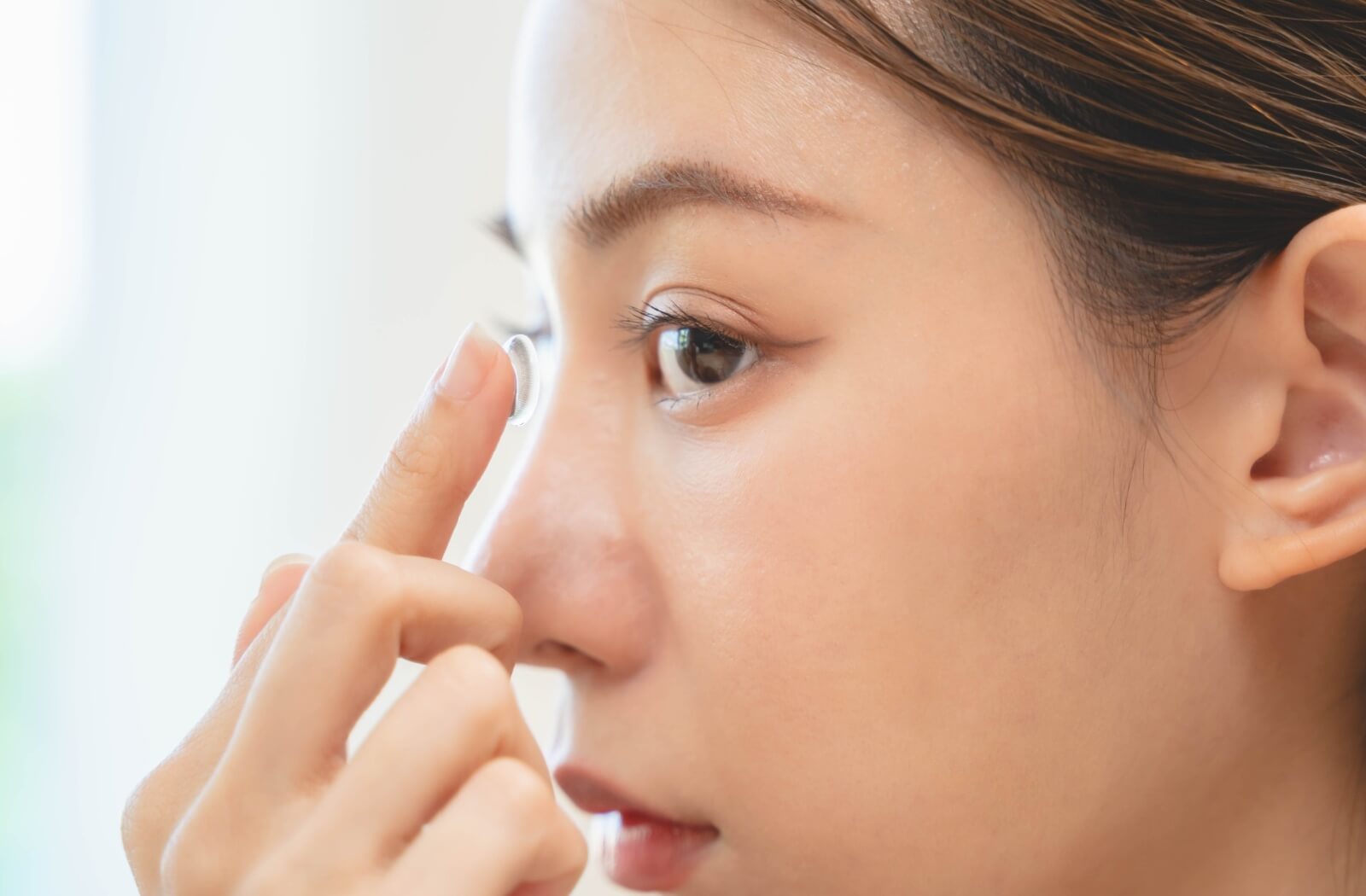Diabetes & Your Eye Health
Living with diabetes means having to be extra vigilant regarding your vision. While diabetes is the leading cause of vision loss in adults, many of the eye conditions related to diabetic eye disease are preventable with the help of annual eye exams.
Protect your sight, book an appointment for a diabetic eye exam with our eye doctors at Bella Vision in Spartanburg today.
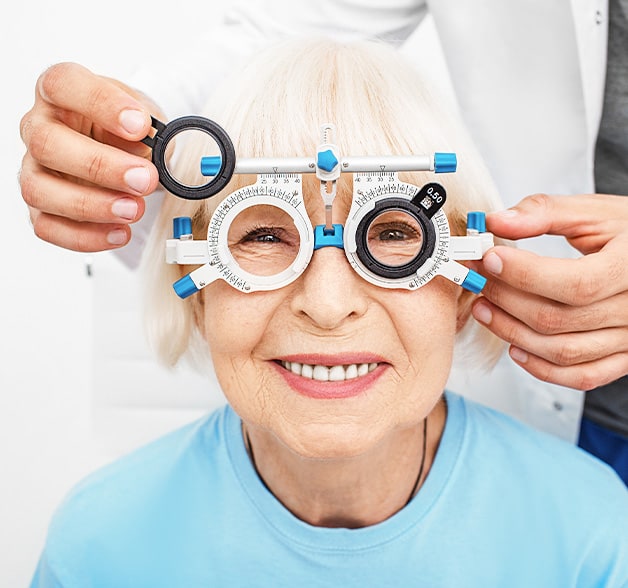
Detecting Diabetes-Related Eye Concerns
At Bella Vision, we offer specific exams for patients with diabetes. Using diagnostic technology, we prioritize your comfort while gathering the information needed during your exam.
- Fundus photography uses a low-power microscope to take a series of photographs of the back of your eye. The images provide details that help assess the health of eye structures, including your retina, optic nerve, and blood vessels.
- Optical coherence tomography (OCT) uses light waves to create cross-section images of your retina. The layers of imagery can measure thickness, making it easier to assess your unique eyes and any changes.

How Does Diabetes Affect Your Eyes?
People with diabetes are at an increased risk for vision complications and eye problems. Routine eye exams are critical in detecting diabetic eye disease so that we can treat and manage any issues in the most effective way for you and your lifestyle.
Diabetic Retinopathy
Diabetic retinopathy is the result of damage to the tiny blood vessels that nourish the retina. These blood vessels can cause the retinal tissue to swell, and clouded vision to occur. If a person with diabetes develops diabetic retinopathy, it is likely to occur in both eyes. Diabetic retinopathy can cause blindness if left untreated, so regular eye examinations are critical in helping to preserve your sight.
Diabetic Macular Edema
Diabetic macular edema (DME) can occur in individuals living with diabetes, and usually occurs as a result of untreated diabetic retinopathy. DME occurs when fluids leak from the blood vessels, and accumulate under your macula, causing it to swell, resulting in vision impairment. Vision changes due to DME include:
- Blurred vision
- Double vision
- A sudden increase in eye floaters
Maintaining good control over glucose levels is recommended for people living with diabetes to help mitigate the risk of DME.
Cataracts
A cataract is a cloudy or opaque area in the normally clear lens of the eye. High blood sugar levels can create deposits that build up on the lens, leading to blurred vision. While there are no clinically proven approaches to preventing cataracts, it’s recommended that individuals with diabetes maintain control of their blood sugar to help prevent permanent damage.
Glaucoma
Glaucoma is a group of eye diseases in which progressive damage to the optic nerve. It is characterized by loss of nerve tissue resulting in impaired vision (typically, peripheral or side vision is affected first). Unfortunately, vision loss due to glaucoma cannot be restored. Maintaining regular eye exams is a proactive way to stay on top of your eye health and help reduce the damage done by glaucoma.

We’re Here to Help
Diabetic eye disease can develop without showing any symptoms, so it’s important that you schedule annual eye exams to stay on top of your eye health. Early detection is one of the best measures you can take to preserve your sight. Book your diabetic eye exam at Bella Vision in Spartanburg today.

Our Location
Conveniently located on Spartanburg’s east side. If you have any difficulty locating us, please give us a call
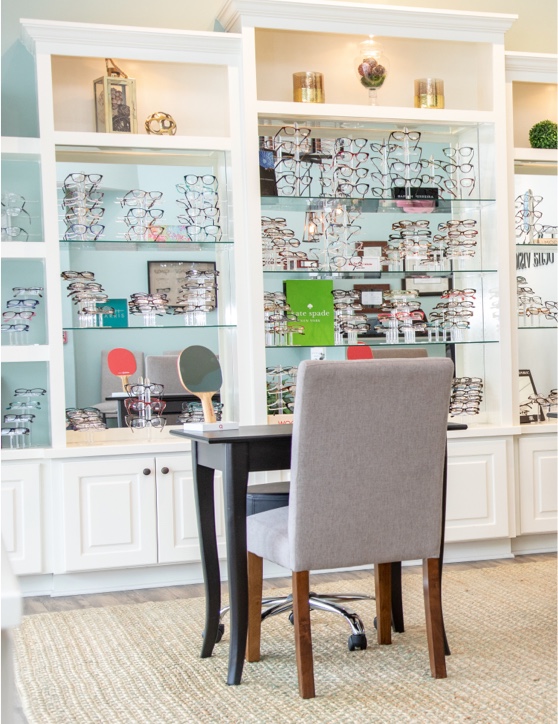
Our Address
- 142 Fernwood Drive
- Spartanburg, South Carolina 29307
Contact Information
- Phone: 864-308-8812
- Fax: 864-308-8813
Hours of Operation
- Monday: 8:00 AM – 5:30 PM
- Tuesday: 8:00 AM – 5:30 PM
- Wednesday: 8:00 AM – 5:30 PM
- Thursday: 8:00 AM – 5:30 PM
- Friday: 8:00 AM – 12:00 PM
- Saturday: Closed
- Sunday: Closed

Our Services

Our Services
Our Brands




Our Google Reviews
Our Awards


Blog
What Are the Benefits of Lumenis IPL Treatment for Dry Eye?
Dry Eye, Eye HealthIPL offers a list of benefits, which include:
Long-lasting relief from dry eye symptoms
Improved tear stability (less evaporation)
Improved redness for patients with ocular and facial rosacea
Less irritation and redness
Quick, safe, and noninvasive
Enhanced meibomian gland function
Boost in quality of life
[…]
How to Manage Dry Eye While Wearing Contact Lenses
Contact Lenses, Dry Eyeyou can manage dry eye without giving up your contact lenses. […]
Are Blue Eyes More Sensitive to Sunlight?
Eye Health, EyeglassesPeople with blue eyes are more sensitive to sunlight because their eyes have lower levels of melanin, a natural pigment that can protect us from the sun’s harmful rays. […]
What Are the Benefits of Lumenis IPL Treatment for Dry Eye?
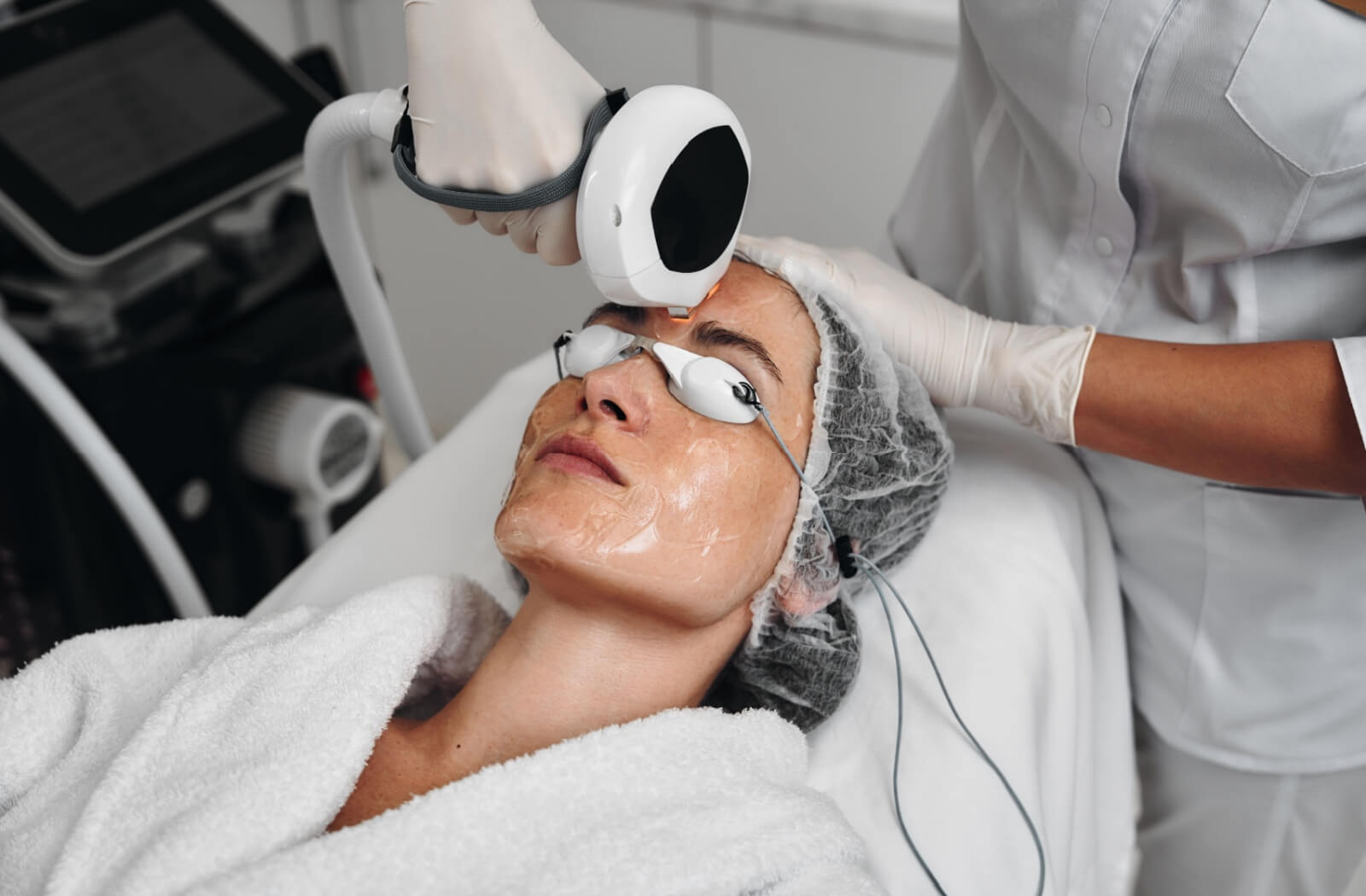
IPL offers a list of benefits, which include:
Long-lasting relief from dry eye symptoms
Improved tear stability (less evaporation)
Improved redness for patients with ocular and facial rosacea
Less irritation and redness
Quick, safe, and noninvasive
Enhanced meibomian gland function
Boost in quality of life
[…]
How to Manage Dry Eye While Wearing Contact Lenses
Are Blue Eyes More Sensitive to Sunlight?
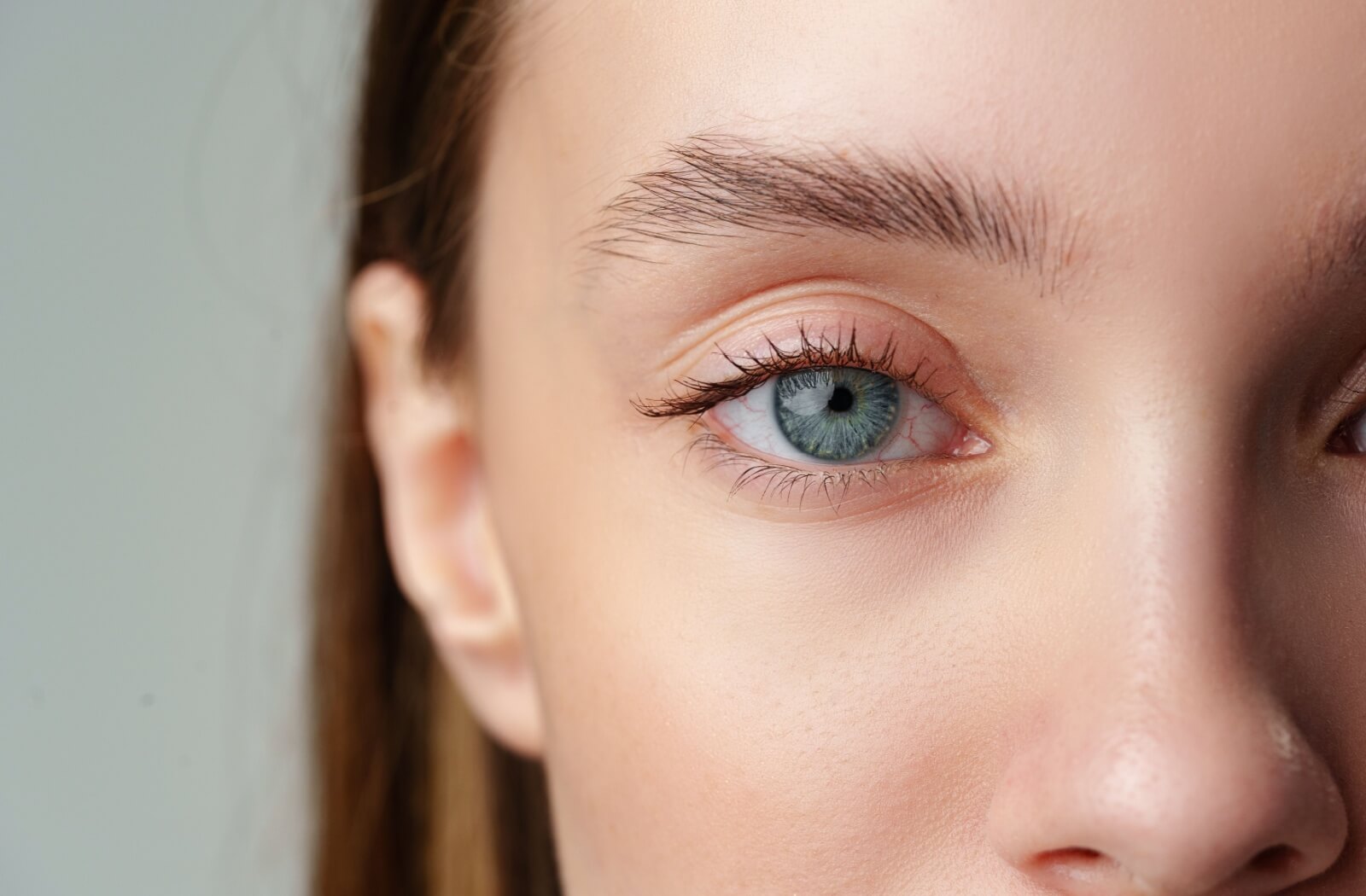
People with blue eyes are more sensitive to sunlight because their eyes have lower levels of melanin, a natural pigment that can protect us from the sun’s harmful rays. […]


